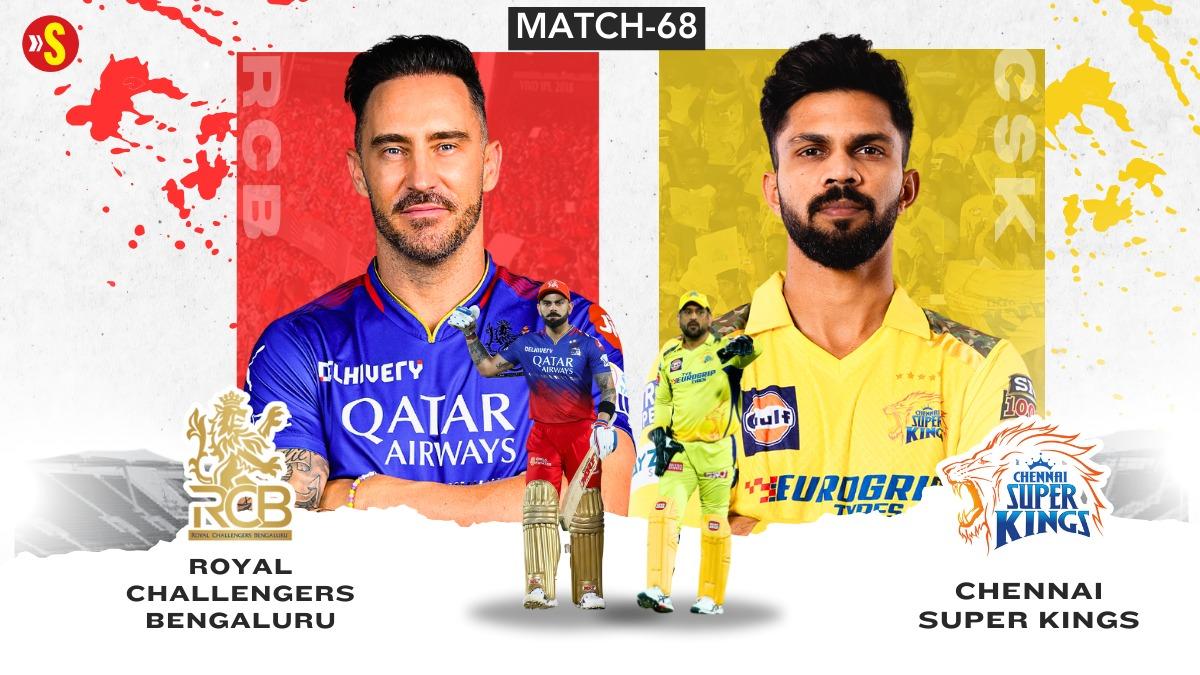Test cricket witnessed the best of days on Sunday, 28 January. Two epic victories (West Indies against Australia and England against India)were registered on what was a day that two youngsters (Shamar Joseph and Tom Hartley) will never forget.
While the talk around the England camp was around if how effective “Bazball” would be on subcontinent conditions, they did overcome early nerves in the game thanks to Ollie Pope’s century and Tom Hartley’s seven-fer. On the other hand, looking at the larger picture, it was more than just a Test victory over Australia.
For West Indies, that eight-run win at Brisbane’s Gabba, the same fortress that India had breached three years back, was a victory of epic proportions. Before this, West Indies had not won a Test in Australia in 27 years, their last coming in Perth in February 1997. And their last Test win against Australia was in 2003, when the Windies won by three wickets at St John’s, following centuries from Ramnaresh Sarwan and Shivnarine Chanderpaul.
21 years later, however, the relevance and place of Tests in the cricketing ecosystem is being questioned by former players and experts alike. With the advent of T20 leagues around the world, more so, with the Indian Premier League (IPL) providing players with a huge source of income, cricketers are moving on to prioritise T20 leagues over Tests.
Take South Africa for example. With most of their senior players preferring to play in the ongoing SA20 league, the Proteas named as many as seven players in their Test squad to face New Zealand. They will be led by Neil Brand, who’s yet to make his debut in Tests for the Proteas.
Even in the West Indies setup, the Caribbean side named seven uncapped players with Jason Holder and Kyle Mayers opting to play franchise cricket. Despite this paradigm shift, it’s not to say Test cricket’s place in the cricketing calendar is diminishing. It certainly isn’t. In fact, if these two Tests are to go by, Sunday was a perfect example of why this format should survive.
Emotions were running around, especially as far as the West Indies’ win against Australia was concerned. That victory, for all its history, was a long time coming. West Indies had played 20 Tests in Australia since their last win Down Under in 1997, and had lost 16 matches and drawn four since then. There were tears of joy from Brian Lara and Carl Hooper, two legends of the game, as soon as West Indies clinched the win. For one, this win would even have been reminiscent of how good West Indies were in the 1970s and 1980s in the era of Sir Garfield Sobers and Viv Richards.
Shamar Joseph, who is still relatively new to the scene, had only made his Test debut in the Adelaide Test on 17 January. And on Day four of the Gabba Test, Shamar Joseph suffered a horrific toe injury while batting, courtesy a Mitchell Starc yorker. However, it was only an hour before start of play on the fifth day that Joseph would get to know that he’d play again, and it’s safe to say, he used the opportunity to the fullest. Afterall, figures of 7/98 in a Test match while recuperating from an injury is no mean feat.
“I feel like we won the series. Even though it’s 1-1 I feel like we won the entire series,” Joseph told reporters after the match.
On the other hand, there was Tom Hartley. This was Tom Hartley’s debut Test for England after having been named in the playing XI as part of a four-man spin attack. The England spin attack led by Jack Leach, wasn’t experienced as much when compared to India’s spinners of Ashwin, Jadeja and Axar. In fact, there were questions as to how England spinners would approach the game. But, with all his might, Hartley would then dismantle the Indian top-order of Rohit, Gill and Jaiswal, to swing the pendulum in England’s favour.
To everyone’s surprise, Tom Hartley turned out be the man of the moment for England. With India slowly recovering from Shreyas Iyer’s dismissal in the 30th over when they were 119/7, R Ashwin and KS Bharat had forged more than 50 runs for the eighth wicket. There was a glimmer of hope for India, but not for long, as Hartley had other plans. He went onto clean up KS Bharat, a dismissal that would set the platform for England’s eventual win.
Much like his West Indies counterpart against Australia, Hartley would collect seven wickets, finishing with figures of 7/92.
Sunday was a prime example of why Test cricket must, and will remain, the pinnacle of cricket. Not everyday you see seven-fers or mindblowing centuries in Tests, but Sunday was one of those rarest days. If anything, amidst all the buzz around T20 leagues, Sunday proved that Test cricket is in fact here to stay.

 3 months ago
125
3 months ago
125





 English (US)
English (US)